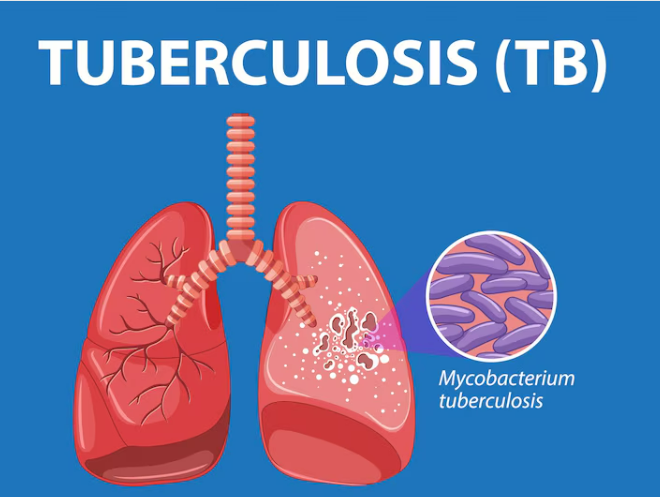Does the Spread of Tuberculosis Bacteria Through Airborne Transmission?
Introduction:
Tuberculosis (TB) is a contagious disease that has affected humanity for millennia, remaining a global health concern even today. It's caused by the bacterium Mycobacterium tuberculosis, which primarily attacks the lungs but can also impact other parts of the body. While advancements in medical science have significantly reduced TB's threat in many regions, understanding how the disease spreads remains crucial to controlling and eventually eradicating it.
A key aspect of TB's transmission involves activities as mundane as laughing, talking, singing, coughing, or sneezing.
The Best Pulmonologist doctor in Coimbatore guides the the mechanics of this transmission process and the implications it has for public health.
The Dynamics of Airborne Transmission:
When a person with active pulmonary TB engages in everyday activities such as laughing, talking, singing, coughing, or sneezing, they expel tiny droplets into the air. These droplets can carry Mycobacterium tuberculosis, making the air around the person potentially infectious. The size of these droplets is crucial to understanding the spread of TB.
Larger droplets quickly settle onto surfaces, but the smaller ones, often referred to as droplet nuclei, can remain suspended in the air for hours. It's these microscopic airborne particles that can be inhaled by others, leading to new infections.
The Risk Factors in Transmission:
The risk of TB transmission depends on several factors.
- Firstly, the proximity and duration of exposure to the infected person play significant roles. Being in close quarters with someone with active TB for an extended period increases the likelihood of inhaling sufficient bacteria to initiate an infection.
- Secondly, the environment contributes to the risk; poorly ventilated spaces allow droplet nuclei to accumulate, heightening the chance of inhalation by others. Lastly, the virulence of the TB strain and the immune status of the exposed individual also influence the transmission risk.
The Invisible Threat of Latent TB:
A significant challenge in controlling TB is the nature of latent TB infections. Many people who inhale Mycobacterium tuberculosis do not immediately develop active TB disease. Instead, the bacteria can remain dormant in their bodies for years, posing no risk of transmission during this latent phase. However, should their immune system weaken, the dormant bacteria can become active, leading to the onset of TB disease and the potential to spread the bacteria to others.
The Importance of Early Detection and Treatment:
Early detection and treatment of TB are vital to preventing its spread. Active TB disease can be identified through symptoms such as persistent cough, fever, night sweats, and weight loss, as well as through medical tests. Once diagnosed, TB can often be effectively treated with antibiotics. Completing the full course of treatment is critical to curing the individual and preventing the development of drug-resistant strains of the bacteria.
Preventive Measures and Public Health Strategies:
To mitigate the spread of TB, public health strategies focus on improving ventilation in indoor spaces, promoting awareness and early detection, and administering vaccines where available. The Bacillus Calmette-Guérin (BCG) vaccine offers some protection against TB, particularly in children. Additionally, wearing masks and maintaining physical distance can reduce the risk of inhaling infectious droplets.
For individuals diagnosed with latent TB infection, preventive treatment can reduce the risk of the infection progressing to active TB disease. Identifying and treating those at high risk of developing active TB, such as people with HIV or those in close contact with TB patients, is a cornerstone of TB control efforts.
Conclusion:
Understanding how TB spreads through everyday activities like laughing, talking, singing, coughing, or sneezing underscores the importance consult with a Top pulmonologist in Coimbatore for measures to control the disease. While TB remains a significant global health challenge, ongoing efforts in detection, treatment, and prevention aim to reduce its impact. By staying informed and taking preventive steps, we can all play a part in the fight against TB, working towards a future where this ancient disease no longer poses a threat to global health.




Comments
Post a Comment